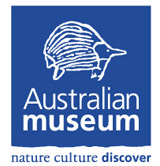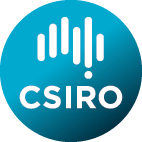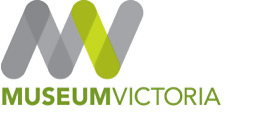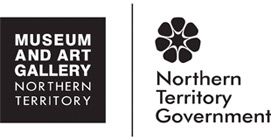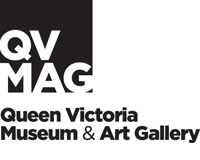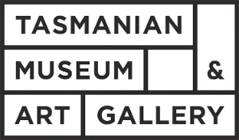Museums hold vast collections of specimens from the natural world and these represent a key resource for taxonomy, systematics, conservation and the sustainable use of our biodiversity. This pages lists the providers to OZCAM’s combined virtual collections.
Atlas of Living Australia
The Atlas of Living Australia (Atlas) contains information on all the known species in Australia aggregated from a wide range of data providers: museums, herbaria, community groups, government departments, individuals and universities.
Australian Museum
The Australian Museum is more than a leading cultural attraction in Sydney; it’s also a hub of information, education, resources and research.
Australian National Biological Collections
CSIRO is the custodian of four Australian National Biological Collections:
- Australian National Insect Collection (ANIC), specialising in Australian terrestrial invertebrates
- Australian National Wildlife Collection (ANWC), specialising in land vertebrates
- Australian National Fish Collection (ANFC), specialising in marine fishes
These collections are a vital resource for the provision of accurate and reliable information on species identification for biosecurity, conservation and the development of sustainable land and marine management systems. The collections contribute to a range of national and international initiatives such as the Global Biodiversity Information Facility and the Intergovernmental Science-Policy Platform on Biodiversity and Ecosystem Sciences through staff participation and data provision.
Museum Victoria
Museum Victoria is the state museum for Victoria. Dating back to 1854, Museum Victoria is an encyclopaedic museum, responsible for the care of the State collection of nearly 17 million objects across the disciplines of sciences and humanities, including indigenous cultures. Research and collections care, preservation and development form a core component of the work conducted at Museum Victoria.
Long-term and temporary exhibitions are presented at three venues: Melbourne Museum, the Immigration Museum and Scienceworks. Museum Victoria also has custodianship of the World Heritage Listed Royal Exhibition Building. These exhibitions are core to our cultural and scientific programs for the people of Victoria and visitors from interstate and overseas.
Northern Territory Museum and Art Gallery
Set in a tropical garden on Darwin Harbour at Bullocky Point is the Northern Territory’s premier cultural institution – the Museum and Art Gallery of the Northern Territory (MAGNT). The MAGNT collections place the region’s art, history and culture, and natural history in an Australian and international context through research, interpretation and collection development.
Queen Victoria Museum Art Gallery
Proudly owned and operated by the Launceston City Council, the Queen Victoria Museum and Art Gallery is Australia’s largest regional museum.
Queensland Museum
The Museum houses permanent and changing exhibitions and also provides in-depth education experiences, innovative public programs, early childhood activities and entertaining holiday activities.
The Museum aims to connect visitors to Queensland, its people and Queensland’s place in the world – past, present and future, through exhibitions, displays and public programs.
South Australian Museum
The South Australian Museum is one of the most visited museums in Australia and holds collections of national and international significance. It is a leader in remote and regional community engagement, and in Australian Aboriginal heritage and scientific research.
The Museum offers five floors of intriguing displays to explore, with a regularly changing calendar of exhibitions and a range of community programs that appeal to all ages. Research at the South Australian Museum is unparalleled in the world. In the biological sciences it incorporates an exciting blend of traditional scientific disciplines, cutting edge molecular genetic technologies and unique and extensive specimen collections.

Tasmanian Museum and Art Gallery
Art that inspires you / Cultures that connect you / History that challenges you / Science that surprises you / Treasures that delight you / Stories that move you.
Western Australia Museum
The Western Australian Museum has a long and proud history since its establishment in 1891.
It is responsible for six public museums, a collections research centre and an outreach function spread across the largest State in the world. It is also responsible for the management of some 200 shipwreck sites and 8 archaeological sites.
The Museum is custodian of more than 4.5million objects that document and celebrate the unique environment and people of Western Australia. This collection is an invaluable resource for researching the past, understanding the present and addressing the challenges of the future.

